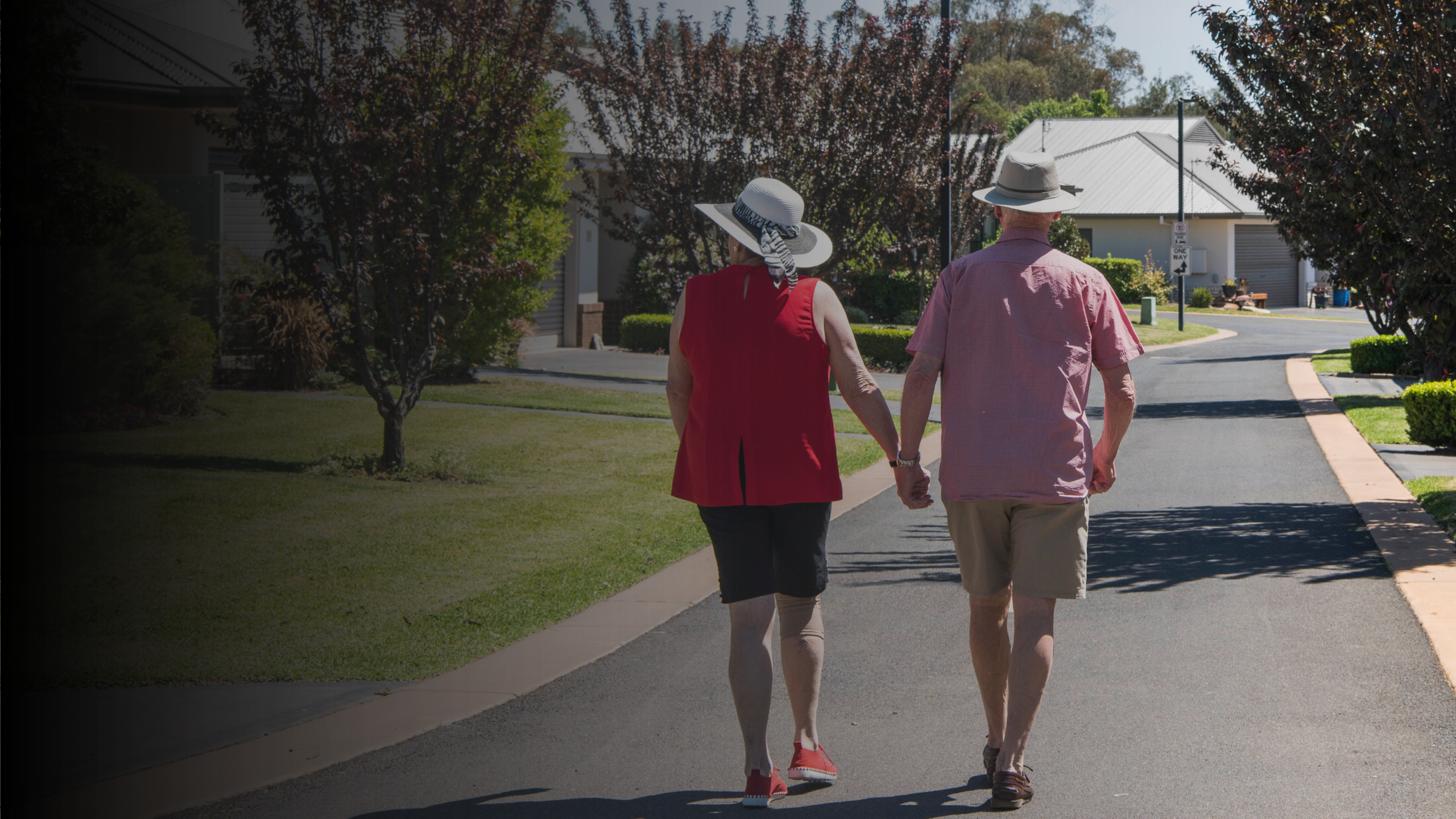What is a retirement village and why make the move?
What defines a retirement village? Who are they for? And what are the benefits?
Scroll to Explore

01 January 2025
Stories
| Retirement Living
What is a retirement village and why make the move?
Download this article as a PDF.
There’s no doubt that retirement villages are becoming an increasingly popular lifestyle choice for Australian seniors.
A recent study by the Australian Housing and Urban Research Institute revealed that retirement villages are projected to house 7.5 per cent of people over the age of 65 by 2025, with the number expected to continue in an upward trajectory.
But what exactly is the attraction to retirement villages? How big are they, and what are they like to live in? Are they worth the investment and the effort of uprooting? We’re here to answer all your questions and more.
Jump to:
What is a retirement village?
A retirement village typically refers to a cluster of homes and shared facilities designed for people over the age of 55 years old.
Varying in size, villages might take the form of a handful of houses nestled together in a small, close-knit community, or they could be a sprawling village home to hundreds of people, with a wide array of shared facilities such as bowling greens, clubhouses, and swimming pools.
Regardless of size, retirement villages are characterised by a strong sense of community, which is usually fostered through shared activities and events.
Retirement villages are aimed at older people who are living entirely independently however housing has usually been designed with easy mobility in mind. For example, homes sometimes feature wider hallways, no stairs, and are often adaptable for mobility devices.

Who are retirement villages for?
Retirement villages are available to anybody over the age of 55, however the average entry age in Australia is 75, with most residents having ceased full-time work.
They are a great lifestyle choice for both couples and single people alike.
Retirement villages are a wonderful place to live if you value socialising and connecting with other people at a similar age and stage of life – while of course maintaining your own personal and private space.
Retirement villages are also appealing to those who want to take control of their future health needs, having often been co-located with a residential care home, or with in-home care services available for residents.

What are the benefits of moving into a retirement village?
Retirement living offers a wealth of benefits that set it apart from conventional housing. We’ve listed the most common five benefits often mentioned by residents:
How much does it cost to move into a retirement village?
The costs associated with moving into a retirement village can be broken down into three main stages: Before you move in, whilst you are living in the property, and what happens when you leave.
Read a quick guide to how these costs work in our blog ‘How much does it cost to live in a retirement village?’

How do I find a BaptistCare retirement village near me?
If you’re curious to see the benefits of retirement living for yourself, why not book a tour of your closest retirement village?
Use our handy online tool to find a location in New South Wales or Canberra.
Make an enquiry
If you would like to know more, please complete the form and one of our retirement living specialists will be in touch.